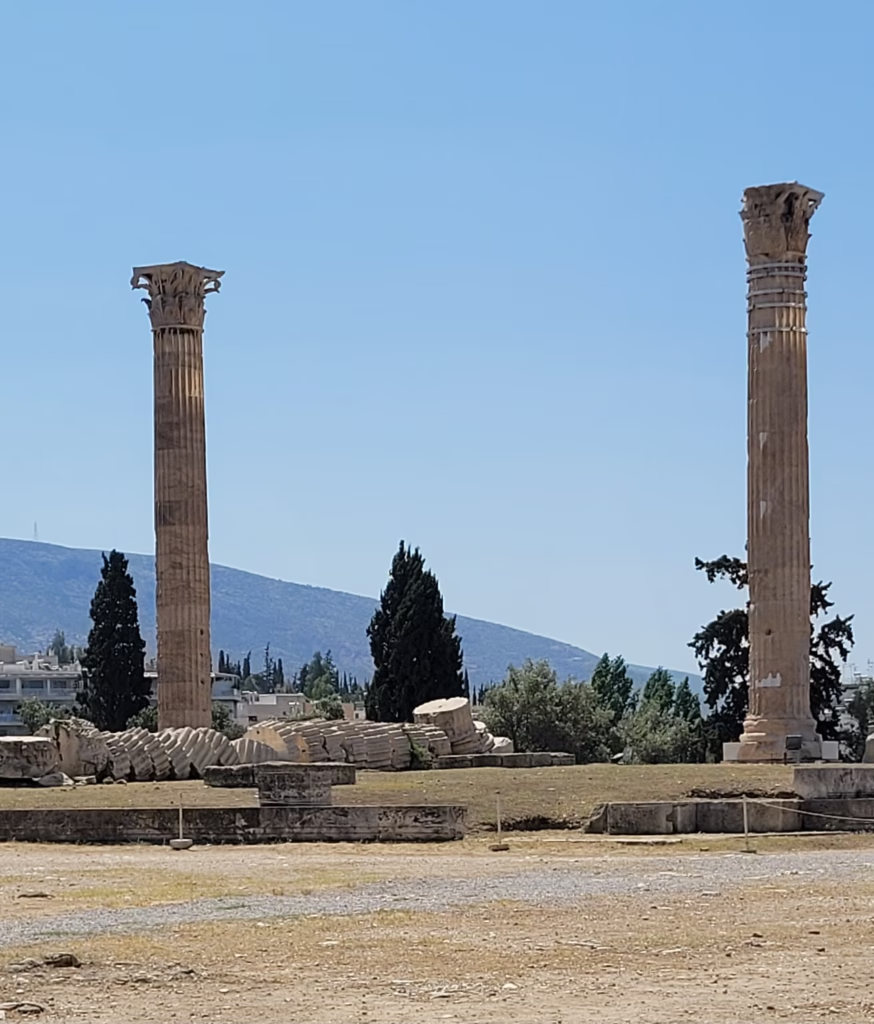When most travelers think of ancient Athens, their minds leap immediately to the Acropolis, its towering columns silhouetted against the sky. But to stop there is to only skim the surface of a city layered with history. Beyond the iconic Parthenon lies a quieter, equally compelling Athens — one filled with hidden ruins, philosophical meeting places, and whispers of ancient rituals. In this guide, we’ll journey through Athens’ lesser-known ancient sites that deserve your attention — places that often go unnoticed by rushed tourists but hold just as much power and poetry.
1. The Ancient Agora: Heart of the Athenian Polis
While the Acropolis was the seat of religion and power, the Ancient Agora was where everyday life unfolded. Located in the shadow of the Acropolis, this was the center of public life in classical Athens — where Socrates debated, democracy was born, and citizens gathered.

Highlights: Temple of Hephaestus (more intact than the Parthenon!), the Stoa of Attalos (now a museum), and the Altar of the Twelve Gods. Why it’s special: You can walk the same stone paths philosophers and citizens once walked, surrounded by ruins and olive trees.
I personally thought the Ancient Agora and the Temple of Hephaestus much more impressive than Acropolis. So if you just visit one historical place, make sure its this one.
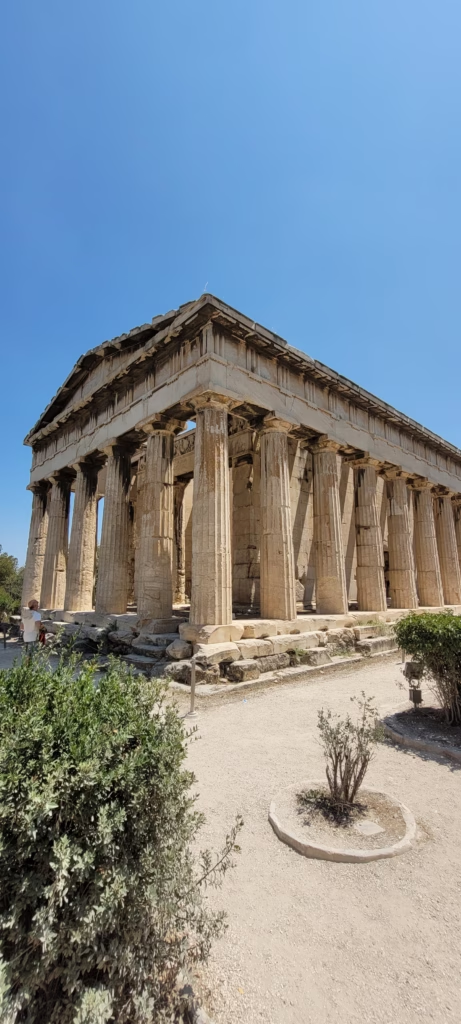
2. The Roman Agora & Tower of the Winds
A short stroll from the Ancient Agora lies the Roman Agora, built during Roman rule when Athens became a cultural hub of the empire. Don’t Miss: The Tower of the Winds, an octagonal clocktower that’s also the world’s first meteorological station. Vibe: Quieter than the Acropolis, with a blend of Roman and Greek elements reflecting Athens‘ evolution through empires. We nearly missed it and were lucky to see it on our way down from Acropolis.
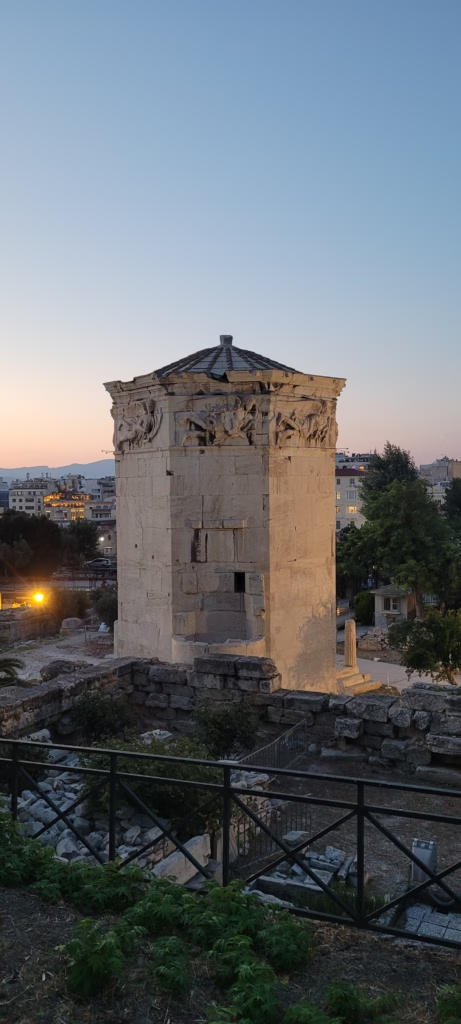
3. Kerameikos: Athens’ Ancient Cemetery
Most tourists miss Kerameikos (we nearly did as well), but it’s one of Athens’ most moving and atmospheric ruins. It was the city’s main cemetery and the starting point of the Sacred Way to Eleusis — the route used in the ancient Eleusinian Mysteries.What you’ll find: Elaborate funerary monuments, peaceful paths, and an on-site museum.
It’s a place of mourning and philosophy — death and memory — that speaks volumes about how Athenians viewed life.
4. The Lyceum: Aristotle’s School of Philosophy
Tucked behind the Byzantine & Christian Museum, the Lyceum of Aristotle is often overlooked. Yet this was where Aristotle taught and wrote many of his foundational texts.Today: It’s a serene open-air ruin with interpretive panels. A sacred place for lovers of philosophy. Insider tip: Pair this visit with reading a quote from Aristotle for full immersion.
5. The Library of Hadrian
Built by the Roman Emperor Hadrian in 132 AD, this complex included lecture halls and reading rooms. Today, the columns and ruins whisper of intellectual life that once flourished here. Combine with: A visit to the nearby Tzistarakis Mosque and Monastiraki Square to see the blend of history and modern chaos.
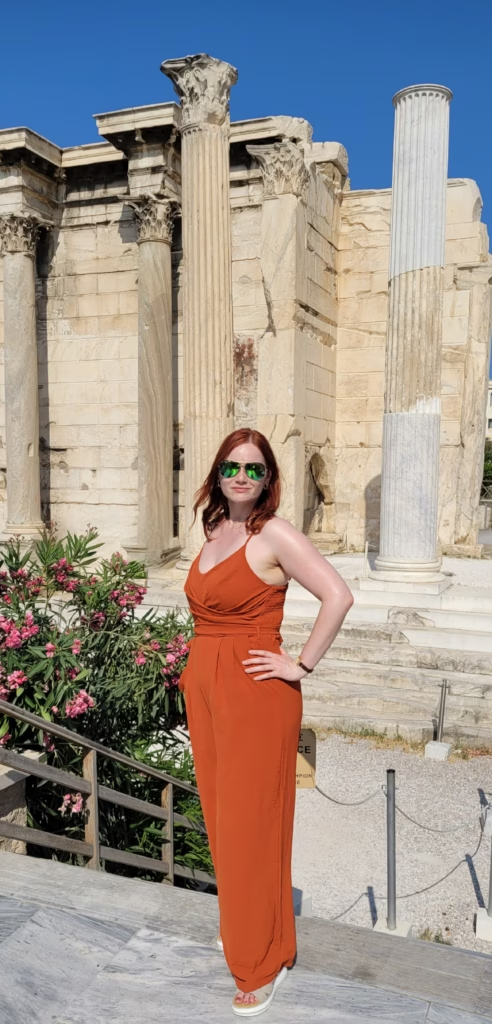
6. The Odeon of Herodes Atticus & Theater of Dionysus
These two ancient theaters are technically near the Acropolis but are often rushed through.

Theater of Dionysus: Birthplace of Greek tragedy — imagine Aeschylus or Sophocles premiering their works here.
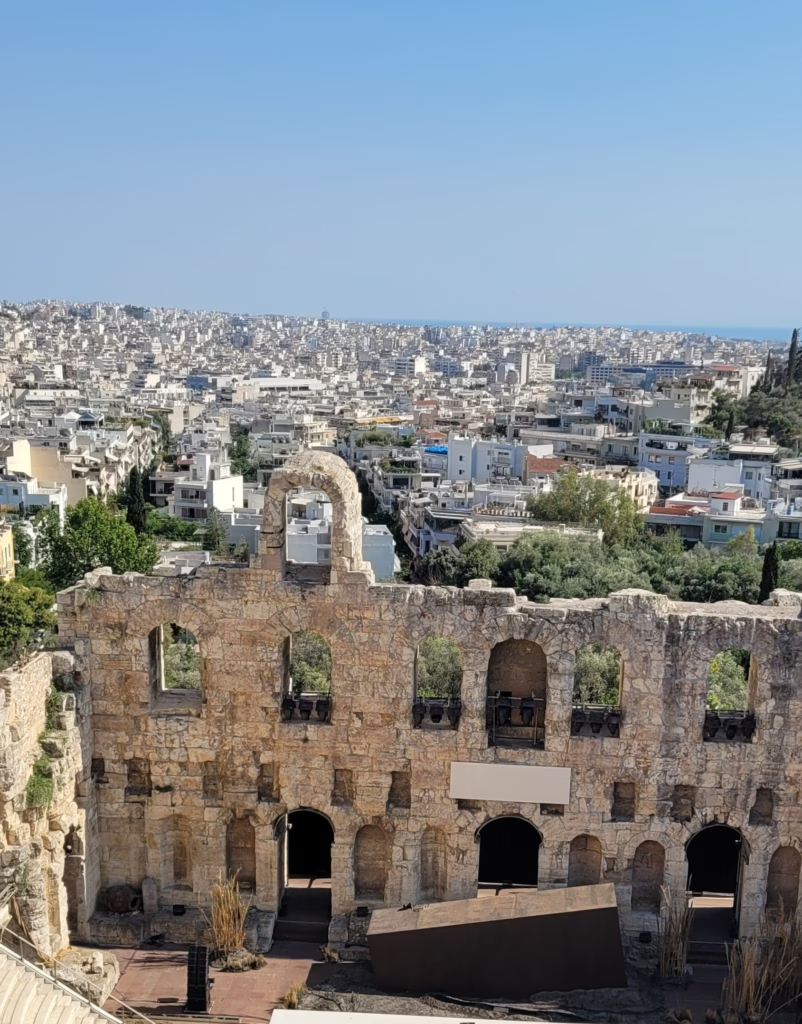
Herodes Atticus: Still used for performances during the Athens Festival.
Why These Sites Matter: Athens is more than just its famous hill. These ancient sites allow you to: Connect with everyday life in the past, reflect in quiet places a bit off from the masses of tourist crowds, explore the philosophical, poetic, and political layers of the city, discover your own stories among the ruins.
Tips for Exploring Ancient Athens Beyond the Acropolis
Go early or late to avoid the heat and tour groups.
Pre-book tickets with time slots and choose what you want to pay entrance fees for. We paid entrance to Acropolis and Ancient Agora. Acropolis includes the slopes and Ancient Agora is a huge areal covered in ruins and history. Other sights like Hadrians Library, Roman Agora or the Olympieion are perfectly visible from the outside and though impressive, were not worth paying extra for to me.
Make sure to include at least one day trip from Athens to other historical sights like Souion, Marathon or Meteora.
